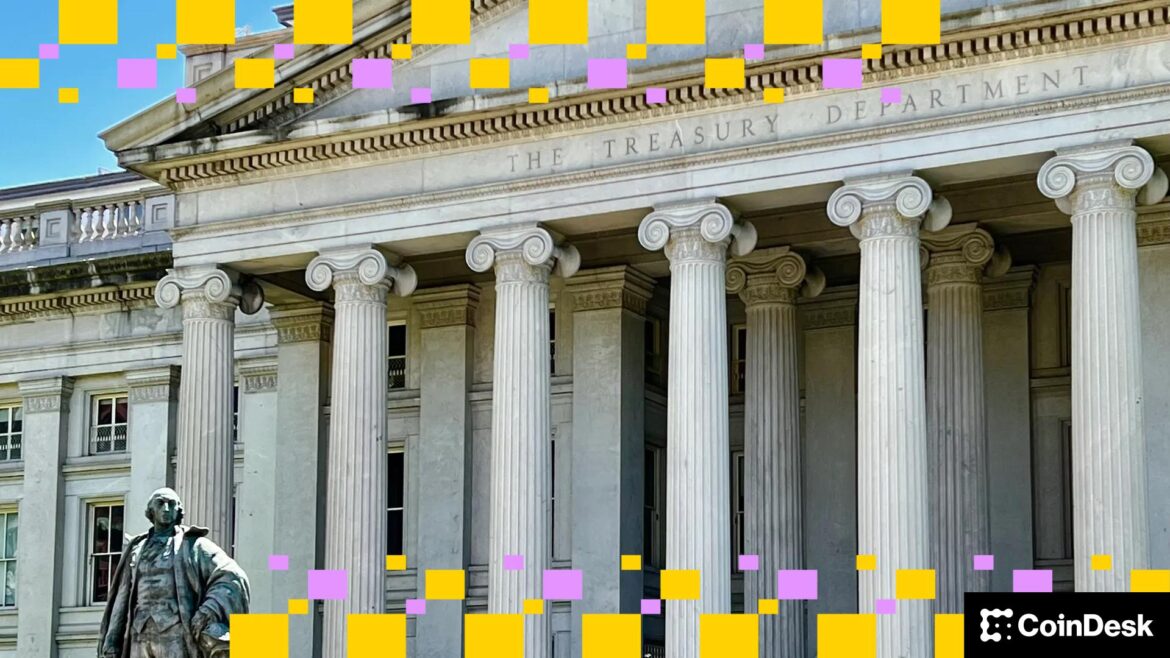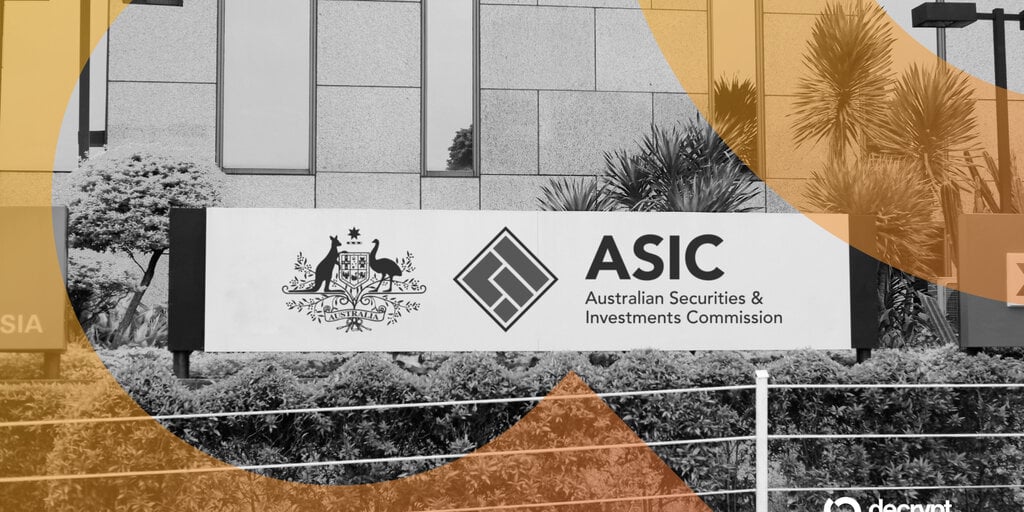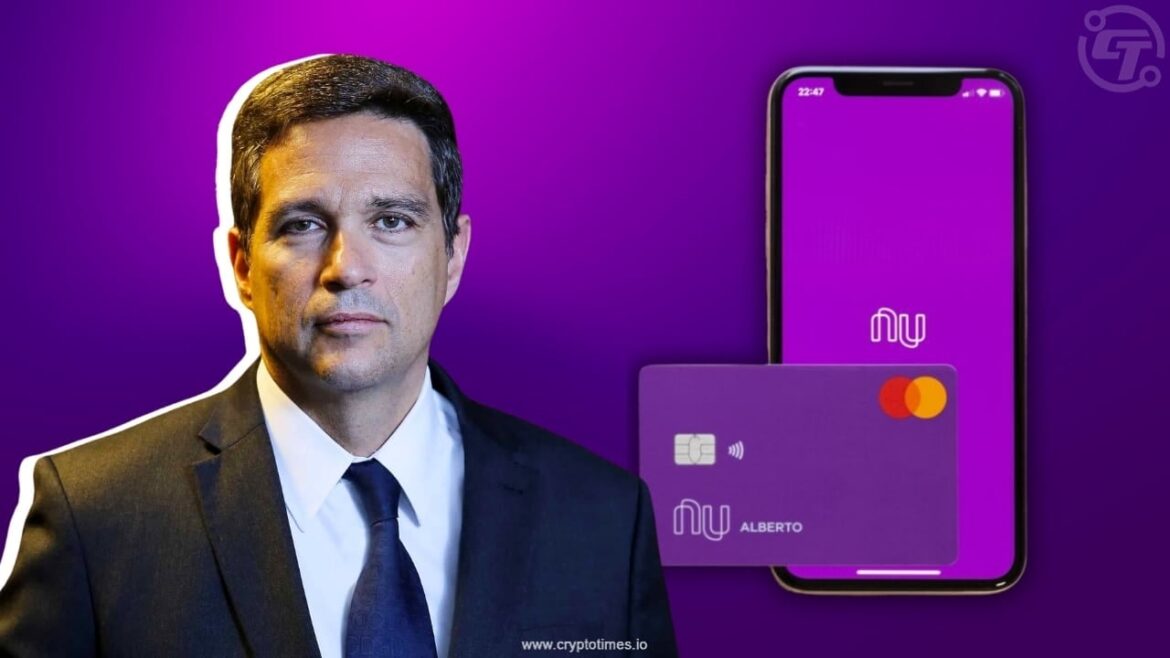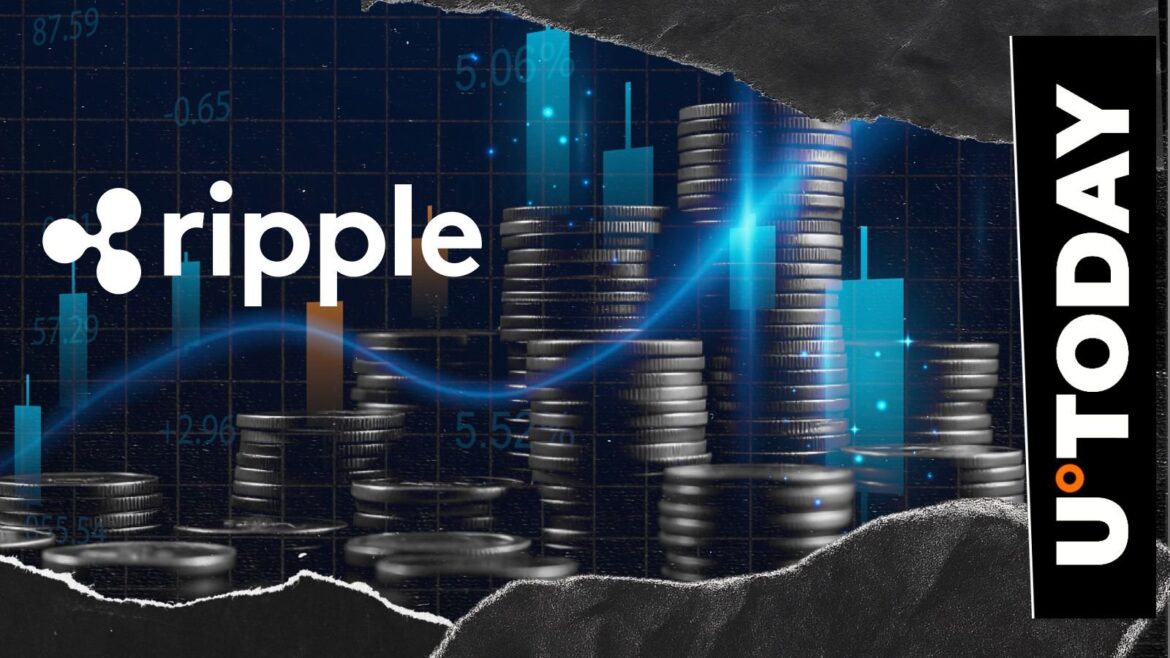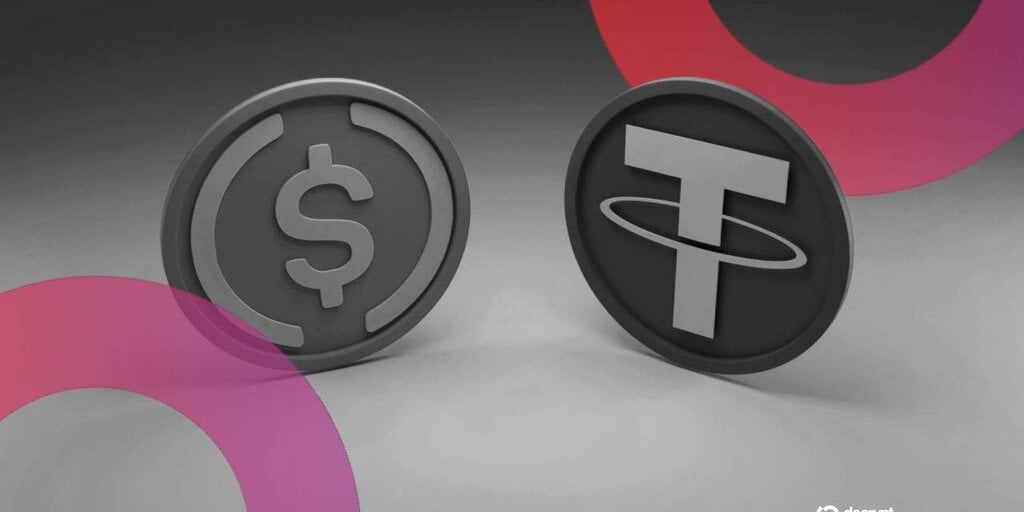The U.S. Treasury Department is pushing forward with a narrow comment window on its preliminary, formal efforts to solidify the recently established stablecoin law into a set of regulations.
This arm of President Donald Trump’s administration has opened what’s known as an “advance notice of proposed rulemaking” on Friday, which is an early step taken to gather information that will be used to put together an actual proposal. In this case, the government is asking for data on building out its requirements under the Guiding and Establishing National Innovation for U.S. Stablecoins Act (GENIUS) Act, including prohibitions on issuers, sanctions obligations, anti-money laundering compliance, the balance between state and federal oversight, tax matters and any further need from the industry for clarity.
A one-month period is now open in which the public — and crypto businesses — can weigh in on these complex issues before it closes on October 20. The notice posted dozens of questions, such as, “Is additional clarity necessary regarding the extent to which reserve assets are required to, or should, be held in custody?” and “Are there foreign payment stablecoin regulatory or supervisory regimes, or regimes in development, that may be comparable to the regime established under the GENIUS Act?”
The Treasury Department’s role in GENIUS is varied, including requirements to address sanctions compliance, tax treatments and how foreign jurisdictions will interact with U.S. regulations. The Friday action is meant to build on a less formal effort announced last month to start gathering input on how best to detect illicit activity in crypto.
The GENIUS Act was the first major U.S. crypto legislation to become law, and it marked a huge win for the industry, which has shifted focus now onto an even bigger legislative effort to establish rules for the wider industry. That market structure bill is a focus of lawmakers from both parties in the Senate, who are also in talks with their House of Representatives counterparts who already approved a similar bill, the Digital Asset Market Clarity Act.
Republicans in Congress and atop the federal financial regulators are trying to speed ahead to meet orders from President Trump to establish friendly crypto regulations that will help the U.S. become a global hub for the sector.
Also on Friday, JP Morgan said in a research note that the overall crypto market needs to expand significantly for continued growth in the stablecoin sector, or new stablecoins may start cannibalizing each other.
Read More: U.S. Treasury Department Starts Work on GENIUS, Gathering Views on Illicit Activity

